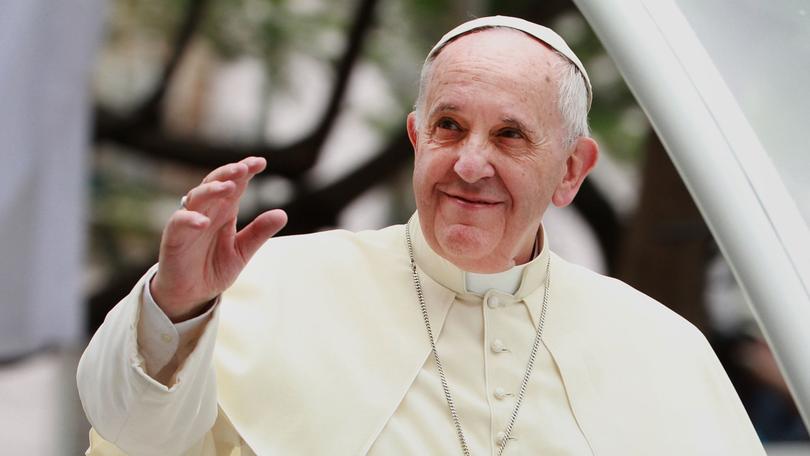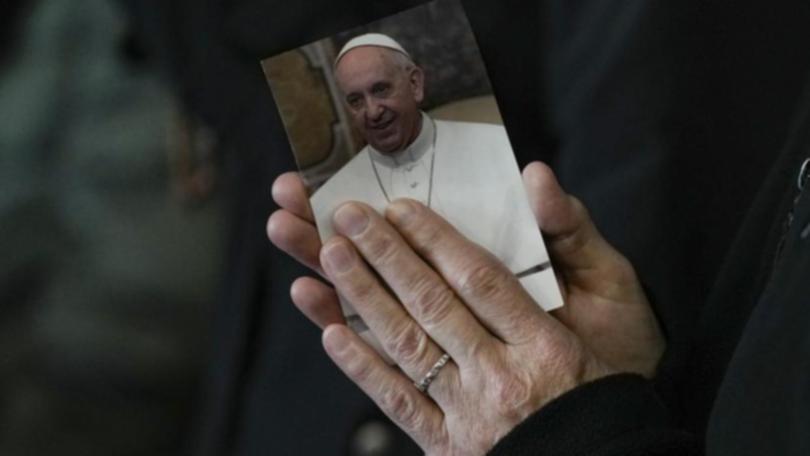THE NEW YORK TIMES: Francis and the end of the Imperial papacy

Pope Francis, who passed to his reward on the morning after Easter at age 88, was a version of the liberal pope that many Catholics had earnestly desired all through the long reign of John Paul II and the shorter one of Benedict XVI — a man whose worldview was shaped and defined by the Second Vatican Council and whose pontificate sought a renewal of its revolution, a further great modernisation of the Catholic Church.
In one way, at least, he succeeded. For generations, modernisers lamented the outsize power of the papacy, the anachronism of a monarchical authority in a democratic age, the way the concept of papal infallibility froze Catholic debates even as the world rushed forward. In theory Francis shared those concerns, promising a more collegial and horizontally oriented church, more synodal, in the jargon of the Catholic bureaucracy. In practice he often used his power in the same way as his predecessors, to police and suppress deviations from his authority — except that this time the targets were dissenting conservatives and traditionalists instead of progressives and modernisers.
But just by creating that novel form of conflict, in which Catholics who had been accustomed to being on the same side as the Vatican found themselves suddenly crosswise from papal authority, Francis helped to demystify his office’s authority and undermine its most imposing claims.
Sign up to The Nightly's newsletters.
Get the first look at the digital newspaper, curated daily stories and breaking headlines delivered to your inbox.
By continuing you agree to our Terms and Privacy Policy.That’s because the conservatives whose convictions he unsettled were the last believers in the imperial papacy, the custodians of infallibility’s mystique. And by stirring more of them to doubt and disobedience, he kicked away the last major prop supporting a strong papacy and left the office of St. Peter in the same position as most other 21st-century institutions: graced with power but lacking credibility, floated on charisma without underlying legitimacy, with its actions understood in terms of rewards for friends and punishments for enemies.

Two rebellions, in particular, illustrate this shift. The first is the continuing resistance to the pope’s attempt to suppress, in the name of Catholic unity and the spirit of the Second Vatican Council, the faith’s traditional Latin Mass. After Vatican II in the late 1960s, when Pope Paul VI remade the church’s liturgy, he commanded enough deference that he was able to swiftly consign the Mass that every Catholic in the world had grown up with to the modern equivalent of catacombs — to church basements, hotel rooms and schismatic chapels.
Whereas when Francis attempted a similar suppression, reversing the permissions granted by Benedict, only his most loyal bishops really went along, and the main effect was to stir resistance and complaint, garner new media attention for the old Latin Mass and increase traditionalism’s cachet among younger Catholics.
The second notable rebellion was among the bishops, after the Vatican’s tentative move toward allowing some kind of blessing for same-sex couples. That was the last of Francis’ explicit liberal moves, his attempts to use traditional authority in the service of progressive goals. And it became a case study in the limits of papal power — because it provoked a notable refusal from the African bishops, the conservative church of the developing world rejecting the progressivism of the developed world, which forced Rome to retreat into defensive ambiguity.
Since I was so often critical of Francis’ governance, allow me to read these shifts in providentialist terms. The strong papacy was created by two great 19th-century forces: the technologies of rapid travel and communication that made it easier to centralise decision-making in Rome and the loss of Catholicism’s political power, which made secular governments lose interest in exerting their influence over internal church governance. It has been unmade gradually by a different set of modern changes, from the invention of the birth control pill to the rise of the internet — with the aftermath of Vatican II and the agony of the sex-abuse crisis as particular accelerants.
What Francis did, by unraveling the attempted doctrinal settlements of previous popes and unsettling conservatives like me, was add another accelerant to the process, bringing us more quickly into a landscape of institutional weakness, even impotence, that we probably would have reached eventually even under more conservative popes.
That weakness is bad for the governance of Catholicism, for the ability of bishops to offer moral guidance and hold secular leaders to account, for the sense of doctrinal unity that is supposed to define the Roman church.
But it has also opened up other possibilities for Christian and Catholic witness. When I look around at the recent stirrings of religious interest in the Western world, the conversions and potential conversions, what’s notable is how the great culture-war debates of the past 50 years seem to have receded and how little the long-standing patterns of liberal revolution and conservative resistance seem to matter for the current moment.
In the Catholic case, people aren’t suddenly becoming Catholic because of things the pope has done or said, but they also aren’t rejecting Catholicism because they reject papal edicts or desire doctrinal change. Instead the manifest weakness of Catholicism as an institution, the breakdown of the lines of authority and deference, has seemingly made it easier for some people to consider Catholicism as a religion, a way of life, and to find their small doorway in.
So maybe the kind of deconstruction that happened under Francis, though not exactly in the way that many liberals hoped, was providentially necessary to make this landscape possible — a landscape in which authority will eventually need to be rebuilt but, for now, one in which certain impediments to the Christian message seem to have been removed.
Francis’ election was made possible by the resignation of Benedict, itself a modernising gesture by an otherwise conservative pope, suggesting in its own way a demystified papal office, more corporate than paternal.
As an admirer of Benedict and a critic of Francis, I bitterly regretted that decision; as an observer of the larger pattern of recent history, I wondered if in setting down his burden prematurely, Benedict had set some strange new age in motion.
But whatever the truth of that intimation, it is very important that Francis did not resign, that he let himself die in the office, very much in public, making his weakness manifest, even to the very last. Whatever his choices meant for the institutional role of the papacy, he played the paternal role of Peter to the end. May God bless him for that, and may Francis rest in peace.
This article originally appeared in The New York Times.
© 2025 The New York Times Company
Originally published on The New York Times
